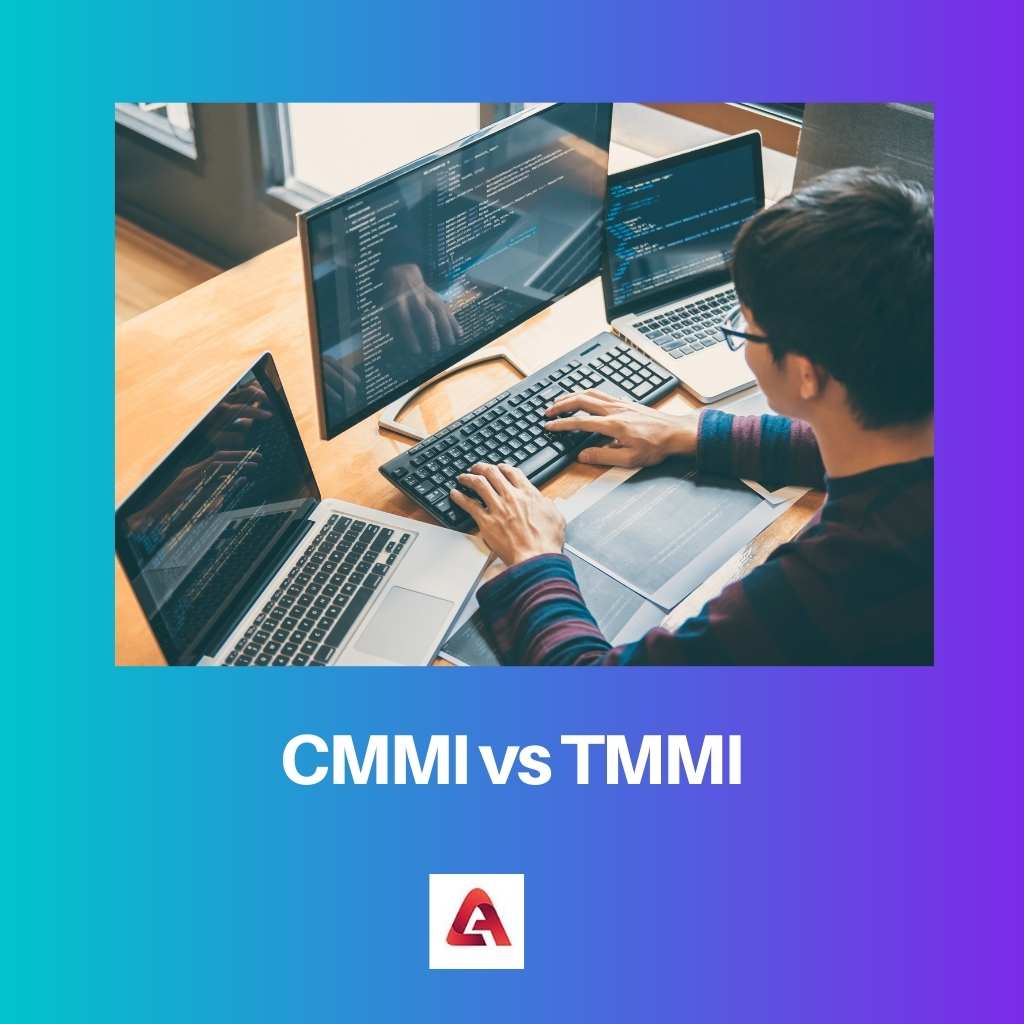The Test Maturity Model Integration, or TMMI, is probably familiar to anyone involved in development or testing. What can that framework do for you?
As an organization, how can you leverage it to improve your testing and delivery processes? Also, except for TMMI, you must be familiar with CMMI or Capability Maturity Model Integration.
Though they both are great models in software development yet they have their differences.
Key Takeaways
- CMMI (Capability Maturity Model Integration) is a process improvement framework for software development and service organizations, while TMMI (Test Maturity Model Integration) focuses on improving software testing processes.
- CMMI covers a broader range of organizational processes and capabilities, while TMMI specifically targets testing-related activities.
- Both models use maturity levels to assess and improve an organization’s processes, but CMMI has five levels, while TMMI has four.
CMMI vs TMMI
The difference between CMMI and TMMI is that the CMMI framework primarily focuses on all the practices of software development. On the other hand, the TMMI framework mainly focuses on all the processes that may eventually lead to the betterment of quality enhancement of the software.

Capability Maturity Model Integration, in short CMMI, is a method framework process that enables all organizations to rationalize their software and products along with their service development processes intending to encourage productivity and efficiency for decreasing risks.
This model assesses all the maturity of a company’s processes and provides recommendations for improving those weak processes which automatically leads to the betterment of their products.
Through TMMI or Test Maturity Model Integration, organizations under the IT sector can improve their software testing practices and improve the company’s IT standards.
Several organizations from the IT sector are finding TMMI a useful tool for rationalizing and simplifying their software testing processes.
Improvements in this test process are driven by the professional environment in which the organization operates.
Comparison Table
| Parameters of Comparison | CMMI | TMMI |
|---|---|---|
| Full-Form | Capability Maturity Model Integration | Test Maturity Model Integration |
| Definition | It is a method framework process that enables all organizations to rationalize their software and products along with their service development processes intending to encourage productivity and efficiency for decreasing risks. | It is a method framework that mainly focuses on all the processes that may eventually lead to the betterment of quality enhancement of the software. |
| Purpose | Its purpose is to enhance the quality of the software. | Its purpose is to enhance the quality of the software testing process. |
| Developed by | Carnegie Mellon University | TMMI foundation |
| Frameworks | For development For acquisition For services | No sub-frameworks |
What is CMMI?
CMMI is a process that looks after the behavioral and risk management framework that helps organizations rationalize the process of improvement.
It encourages high productivity and efficient behavioral skills that reduce risk in software testing along with, product testing, and service improvement.
CMMI can help companies improve the quality of their products along with the production services by providing them with everything they need to do so.
In addition to a process model, CMMI is also a behavioral-based model. The CMMI can help companies solve the problems of logistics of improving performance by developing remarkable benchmarks.
Also, it can help the organization to create a structure that encourages high productivity along with systematic behavior across the organization.
CMMI measures a company’s ability to manage and deal with the risk and is a model for risk management and safety. To deliver high-quality products, a company must be able to manage risks in every aspect.
A company’s resilience under stress is one of the major perspectives of guidelines of risk management.
In a highly mature, high-capability organization, it’s necessary to deal with highly unexpected and stressful events that can be handled easily.
Generally, low maturity and low capability organizations react to stress by panicking and blindly following given procedures, or throwing out all processes and regressing to the chaos that has been created.
What is TMMI?
It is a method framework that mainly focuses on all the processes that may eventually lead to the betterment of quality enhancement of the software.
Through TMMI or Test Maturity Model Integration, organizations under the IT sector can improve their software testing practices and improve the company’s IT standards.
Several organizations from the IT sector are finding TMMI a useful tool for rationalizing and simplifying their software testing processes.
Improvements in this test process are driven by the professional environment in which the organization operate
The TMMi model is divided into different maturity levels, with TMMi 1 being the first maturity level. The maturity level of the organization moves as the organization improves its testing practices.
Testing processes in an organization are transformed from ad hoc and unmanaged to one that is defined, managed, optimized, and measured by TMMi.
The organization must ensure that its testing process is sufficiently enhanced as it moves from one level to another as required by TMMi.
Furthermore, it assists test teams in aligning with business/project needs. It leads to a higher-quality software product with fewer defects.
Those maturity levels are:
- Initial
- Managed
- Defined
- Measured
- Optimization
Main Differences Between CMMI and TMMI
- CMMI is all about defect management whereas TMMI is all about defect prevention
- CMMI is focuses on execution of the softwares whereas TMMI focuses on monitoring of the softwares.
- CMMI has both staged and continuous processes whereas TMMI has only staged processes.
- CMMI is primarily focused on software improvement or upgrading whereas TMMI is focused on the debugging the goals and it’s policies.
- CMMI is a standalone process whereas TMMI has to work completely following CMMI.